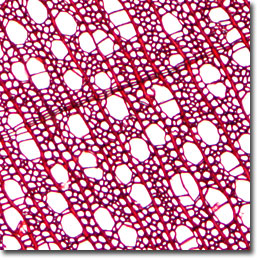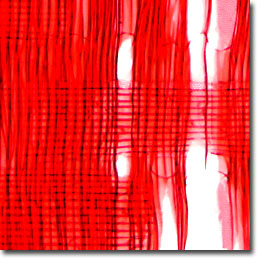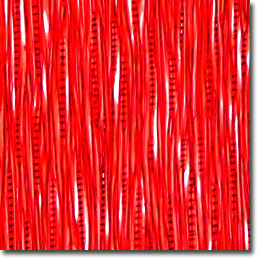The Yellow Buckeye
The Yellow Buckeye (Aesculus octandra) is a hardwood tree found primarily in the Southern Appalachians. Ohio is home to two species of the buckeye tree, and was nicknamed the "Buckeye State" when the legislature declared the buckeye as the state tree in 1953. The sapwood is white to grayish white in color and gradually merges into the heartwood, which is creamy white to pale yellow.

Cross Section

Radial Section

Tangential Section
The buckeye is a member of the Hippocastanaceae family of trees, which contains approximately 15 species of deciduous trees falling into two categories: the horsechestnuts and buckeyes. Both tree types are ornamental, spring-flowering, and some display a dazzling array of fall colors. The Aesculus genus is widely known for producing dense shade trees, and a buckeye seed in the pocket is still considered to bring good luck in some parts of the United States.
General William Henry Harrison made the buckeye tree famous during his presidential campaign in 1840 when he drew attention to Ohio's buckeye wood cabins and walking sticks. Yellow buckeye wood is used to make boxes, crates, cigar and tobacco boxes, woodenware, novelties, toys, furniture (unexposed parts), trunks, and valises. An interesting part of the history of this wood is its former use as a foundation for artificial limbs.
Microscopic examination of iron-alum hematoxylin and safranin stained thin sections (see the digital images presented above) reveals a diffuse and porous wood with simple perforation plates. The parenchyma is terminal and paratracheal. Vessels are very numerous with inter-vessel pits ranging from 5 to 15 micrometers in diameter and orbicular to oval in shape. Fibers libriform and fiber tracheids are thin-walled and medium to coarse in texture. The rays are storied, uniseriate, and homocellular to heterocellular.